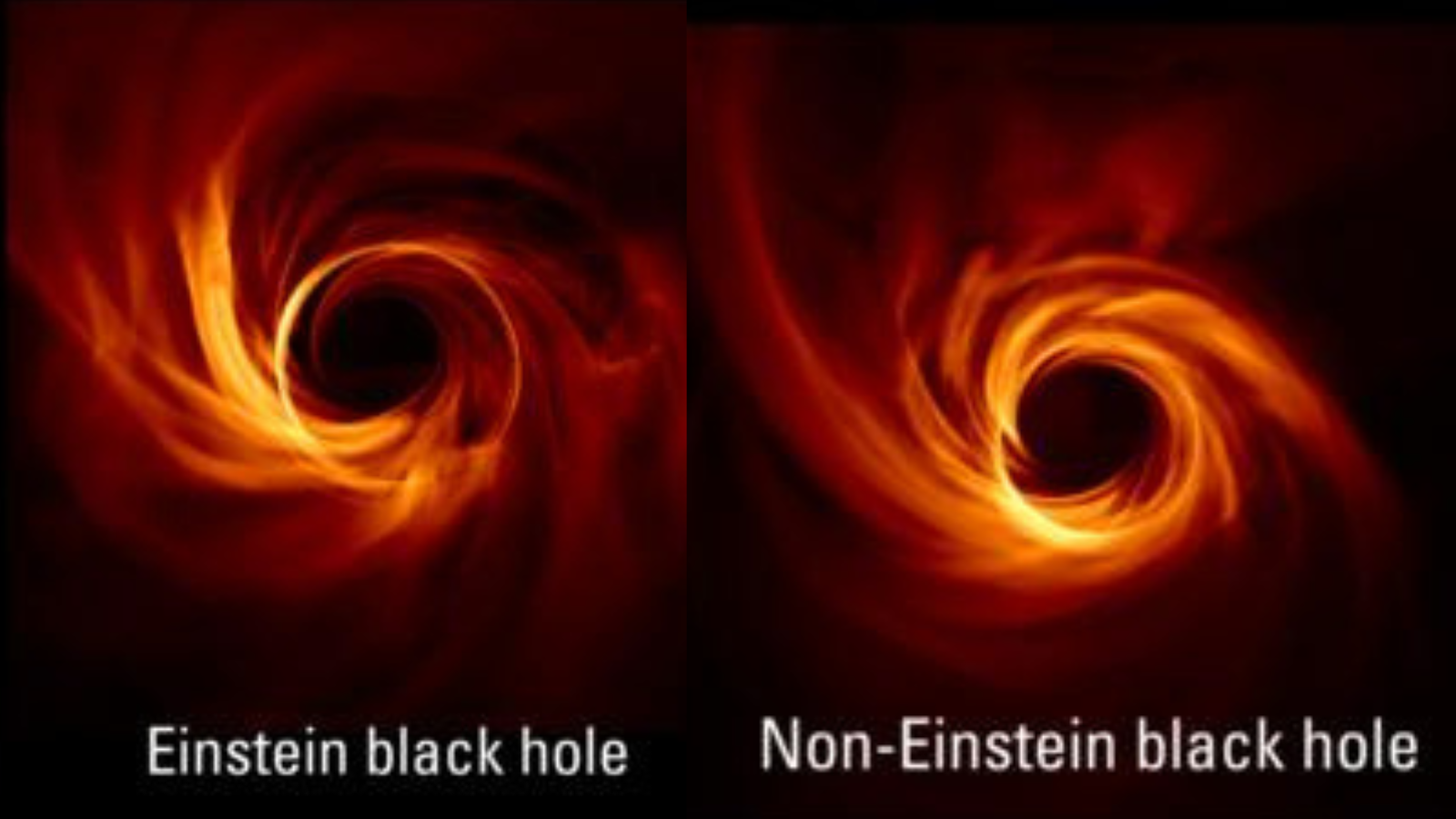NASA stresses Artemis 2 moon crew safety as agency remembers fallen astronauts

Astronaut safety needs to come before anything else when sending the first people to the moon in half a century, NASA senior managers said in a town hall Tuesday (Jan. 23).
The town hall, broadcast live, was scheduled during the week of NASA's Day of Remembrance honoring astronauts who died during spaceflight activities. Associate administrator Jim Free urged employees to "really think smaller" and "consider the little actions" when preparing for Artemis 2, along with all other human missions.
"If corrected in the near term, they will prevent more dire consequences down the line," Free said of employee actions on small items. He emphasized NASA does not aim to have a "culture of silence" around safety concerns, a theme also echoed by agency administrator Bill Nelson and deputy administrator Pam Melroy in their remarks at the town hall. (Nelson and Melroy are also former astronauts who have traveled to space.)
Artemis 2, a mission that will take a crew of four astronauts around the moon and back, was delayed an additional nine months to September 2025 in an agency decision earlier this month. At the time, NASA officials emphasized safety had to come first when taking into account technical problems with various Artemis mission systems. These issues include the abort system, the heat shield and life support, when looking across the Artemis 1, 2 and 3 hardware; Artemis 1 flew uncrewed in 2022, while Artemis 3 may touch down on the moon in 2026 after its own recently announced delay.
Related: Astronauts won't walk on the moon until 2026 after NASA delays next 2 Artemis missions
While NASA's Day of Remembrance focuses on all astronauts who have lost their lives in spaceflight activities, it is scheduled to fall annually in the same anniversary week as three significant failures. These are a fatal fire with three Apollo 1 crew members on Jan. 27, 1967; the loss of the seven Challenger space shuttle crew during liftoff of STS-51-L on Jan. 28, 1986; and the breakup of shuttle Columbia with seven crew members on board during mission STS-107 on Feb. 1, 2003.
Each NASA executive shared their experiences with these tragedies. Nelson, for example, completed his space shuttle mission STS-61-C on Columbia just 10 days before Challenger's launch. Nelson said engineers at aerospace manufacturer Thiokol, trying without success to raise concerns about a key "O-ring" booster seal that failed due to unusually cold conditions at the launch pad, are still facing PTSD (post-traumatic stress disorder) today from that situation.
Breaking space news, the latest updates on rocket launches, skywatching events and more!
Melroy was involved in the crew survival investigation of the Columbia astronauts; she shared that the decision to share publicly how the seven crew members died was difficult, but "so core to what we do" in terms of trying to better the safety of future missions.
NASA did a lengthy investigation following each fatal incident and implemented technical, mission, administrative and other remedies before flying again — and the agency continues to share and gather information. For example, NASA's Apollo, Challenger, Columbia Lessons Learned Program (ACCLLP) has a mandate to "share the difficult lessons of the past to help ensure future mission success" because "by examining past mishaps, the agency — and others — can learn and improve to avoid recurrence."
These days, the human spaceflight environment is quite complex. Aside from the four astronauts training for Artemis 2 on the agency's Orion spacecraft by Lockheed Martin, NASA and its international partners continue to run missions to the International Space Station using SpaceX's Crew Dragon and the Russian Soyuz. Boeing's Starliner may send its first ISS crew aloft, too, as soon as this year.
Several other major entities offer independent spaceflight programs. China has its own launch vehicle and space station, and there are short-term spaceflights available for well-heeled customers and researchers aboard Virgin Galactic and Blue Origin missions.
SpaceX also has several other customers signed up for various missions, such as the billionaire-funded Polaris Program that could perform the first commercial spacewalk later this year on Polaris Dawn.
There is also Axiom Space, a Houston company that runs private missions to the ISS aboard SpaceX with a former NASA astronaut in charge. By coincidence, Ax-3 is at the orbiting complex right now; its crew includes a Virgin Galactic suborbital space veteran, which is Italian Air Force pilot Walter Villadei.

Elizabeth Howell (she/her), Ph.D., was a staff writer in the spaceflight channel between 2022 and 2024 specializing in Canadian space news. She was contributing writer for Space.com for 10 years from 2012 to 2024. Elizabeth's reporting includes multiple exclusives with the White House, leading world coverage about a lost-and-found space tomato on the International Space Station, witnessing five human spaceflight launches on two continents, flying parabolic, working inside a spacesuit, and participating in a simulated Mars mission. Her latest book, "Why Am I Taller?" (ECW Press, 2022) is co-written with astronaut Dave Williams.
